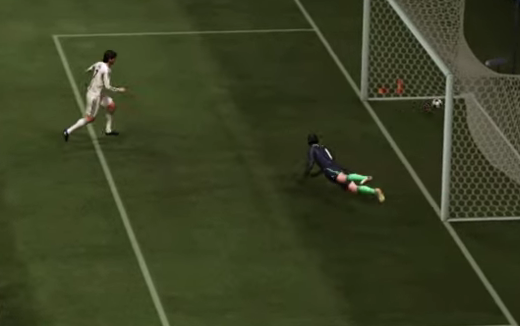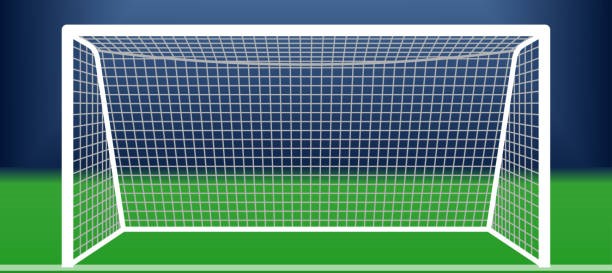HOW TO SCORE.

Scoring in football involves successfully getting the ball into the opposing team’s goal. Here’s a detailed explanation of how to score in football, including the key techniques, strategies, and considerations involved:
Understanding the Goal:
- ▫ GOAL STRUCTURE: A football goal is 8 feet high and 8 yards wide. To score, the entire ball must cross the goal line between the goalposts and under the crossbar.
- ▫ GOAL AREA: The area directly in front of the goal is critical, as many scoring opportunities arise from this zone.
Techniques for Scoring:
- ▫ SHOOTING: The primary method of scoring is through shooting the ball with any part of the body except the hands and arms (unless you are the goalkeeper).
- ▫ INSTEP DRIVE: A powerful shot using the laces of the boot, ideal for long-range attempts.
- ▫ SIDE FOOT SHOT: A more controlled shot using the side of the foot, often used for accuracy from closer distances.
- ▫ VOLLEY: Striking the ball while it is in the air, often delivered from crosses or rebounds.
- ▫ HEADER: Using the head to redirect or shoot the ball, typically from crosses or corner kicks.
Positioning and Movement:
- ▫ FINDING SPACE: Players must create and exploit space to receive passes and get into scoring positions. This includes making runs behind defenders or into open areas.
- ▫ ANGLE OF ATTACK: Approaching the goal from an angle can increase the chances of scoring by making it harder for the goalkeeper to anticipate the shot.
- ▫ OFF-THE-BALL MOVEMENT: Constant movement helps create opportunities, such as making overlapping runs or diagonal sprints to receive a pass.
Creating Scoring Opportunities:
- ▫ BUILD-UP PLAY: Effective passing and movement can create space and opportunities for shots.
- ▫ QUICK PASSES: Moving the ball quickly to break down defenses.
- ▫ COMBINATION PLAY: Using give-and-go or one-twos to bypass defenders.
- ▫ CROSSING: Delivering the ball from wide areas into the penalty box can create scoring chances for teammates.
- ▫ SET PIECES: Free kicks and corners are excellent opportunities for scoring, as they allow teams to organize and make specific plays.
Dealing with the Goalkeeper:
- ▫ CHOOSING THE RIGHT MOMENT: Timing a shot is crucial. Players should aim to strike the ball when the goalkeeper is out of position or distracted.
- ▫ PLACING SHOTS: Instead of just focusing on power, placing shots into corners of the goal can be more effective, as it is harder for goalkeepers to reach.
- ▫ FAKING AND DECEPTION: Using body feints or fakes can confuse the goalkeeper and defenders, creating openings for shots.
Understanding Offside Rules:
- ▫ OFFSIDE POSITIONS: A player is offside if they are nearer to the opponent’s goal line than both the ball and the second-last opponent (usually the last defender) when the ball is played to them.
- ▫ TIMING RUNS: Players should time their runs to avoid being caught offside while receiving a pass.
Practicing Scoring Techniques:
- ▫ SHOOTING DRILLS: Regular practice of different shooting techniques helps players improve their accuracy and power.
- ▫ FINISHING DRILLS: Exercises that simulate game scenarios, such as one-on-ones with the goalkeeper or shooting from different angles, enhance scoring ability.
Psychological Factors:
- ▫ COMPOSURE: Remaining calm in front of goal can help players make better decisions and improve their finishing.
- ▫ CONFIDENCE: Building confidence through practice and scoring in training can positively influence a player's performance in matches.
